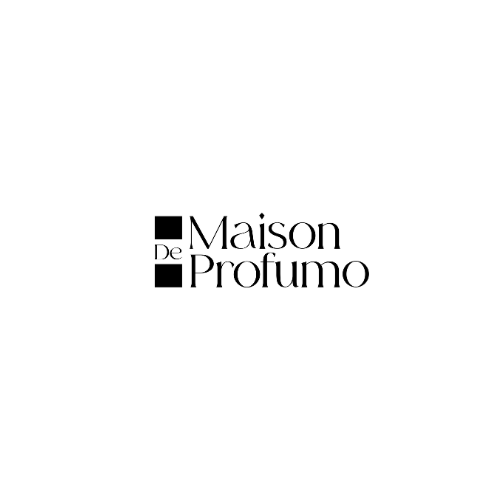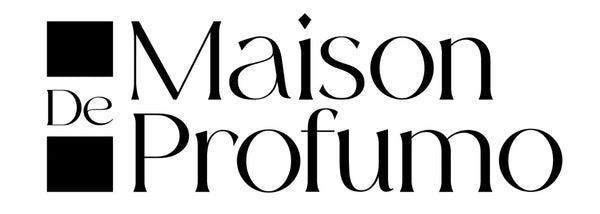"Saffron's Luxury Touch in Perfume Explained"
Saffron, often referred to as "red gold," holds the title of the most expensive spice in the world. Its use in perfumery is both a testament to its luxuriousness and a nod to its historical significance. This article delves into the intricacies of saffron in the world of fragrances, exploring its origins, extraction process, role in scent compositions, and its impact on the sensory experience.
Origins and History
- Botanical Background: Saffron comes from the Crocus sativus flower, native to Greece and the Middle East.
- Cultural Significance: Historically, saffron has been a symbol of wealth and opulence in various cultures, used in everything from cooking to royal garments and religious ceremonies.
Extraction and Value
- Harvesting Process: The extraction of saffron requires a labor-intensive process where the stigmas of the crocus flower are carefully handpicked.
- Production Costs: It takes approximately 75,000 saffron crocus flowers to produce a single pound of saffron spice, justifying its high cost.
Saffron in Perfumery

The Scent Profile
- Aroma Characteristics: Saffron emits a complex scent profile that is woody, earthy, and sweet, with hints of leather and tobacco.
- Perfume Notes: In perfumery, saffron is typically used as a top or middle note, contributing to the fragrance's initial impact and its heart.
Formulation Techniques
- Concentration: Due to its intensity, saffron is used sparingly within perfume formulations.
- Complementary Scents: Saffron pairs well with floral notes like rose, jasmine, and violet, as well as warm spices and woods.
Signature Fragrances Featuring Saffron
| Fragrance Name | Brand | Scent Description |
|---|---|---|
| Saffron Rose Absolute | Generic Brand A | A luxurious blend of saffron and rose, with a base of musky woods, embodying opulence and warmth. |
| Midnight Saffron | Generic Brand B | Combines the rich aroma of saffron with lavender and vanilla, creating a mysterious and inviting allure. |
Sensory Impact
- Emotional Resonance: Saffron is known for its ability to evoke warmth and comfort, making it a popular choice for perfumes designed to convey a sense of sophistication and depth.
- Memory Trigger: The unique scent of saffron can trigger memories and emotions, contributing to a fragrance's personal significance for the wearer.
Sustainability and Ethical Considerations

- Sourcing Practices: With saffron's high value, ethical sourcing is crucial. Practices such as fair labor conditions and sustainable harvesting impact the quality and ethical standing of the final perfume product.
- Synthetic Alternatives: Advances in fragrance technology have introduced synthetic alternatives that mimic saffron's scent, offering cost-effective and sustainable options for perfumers.
The Future of Saffron in Perfumery

- Innovation and Experimentation: As perfumers continue to explore unique scent combinations, saffron's role in perfumery is set to evolve, potentially leading to new and unexpected fragrance profiles.
- Consumer Demand: The growing preference for niche and artisanal fragrances among consumers is likely to increase the demand for luxurious ingredients like saffron.
Conclusion
Saffron's inclusion in perfume compositions is a celebration of its rich history, luxurious aroma, and emotional depth. As the perfume industry moves forward, saffron remains a beacon of luxury and innovation, captivating perfume enthusiasts and connoisseurs alike. Its future in perfumery is not only about preserving tradition but also about embracing sustainability and ethical practices, ensuring that this precious ingredient continues to inspire and enchant for generations to come.

